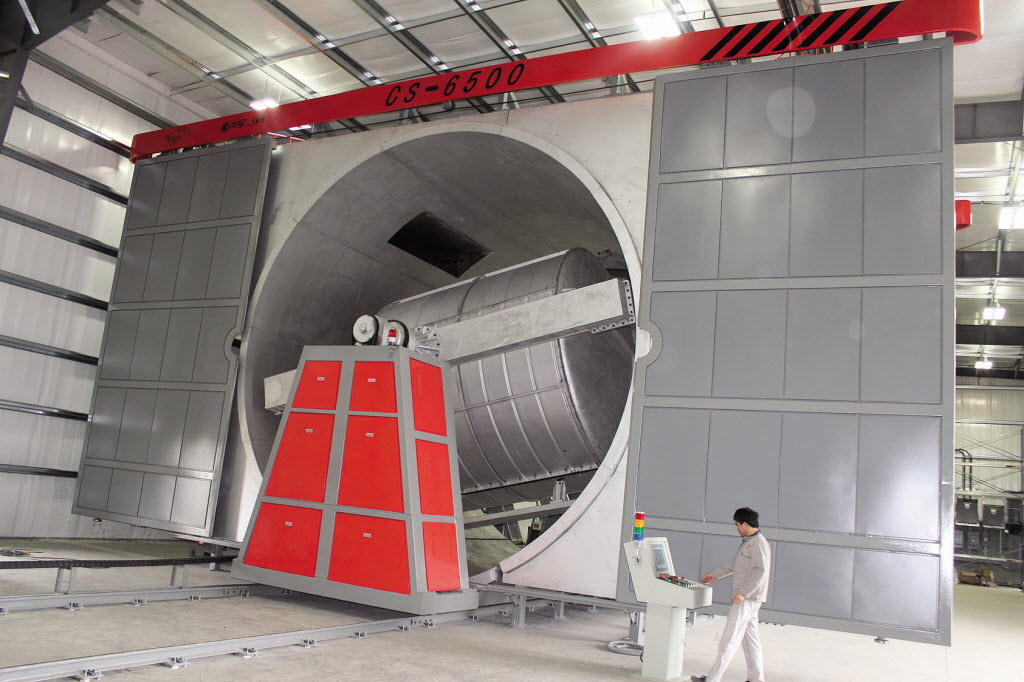
Fundamentals about Rotational Molding
Rotomolding could be used to make both simple and complicated materials, dependant upon the company’s understanding of the procedure. Dependant upon the function of the plastic-type materials, it may be more common than an injection, blowing, or vacuum approaches.
The procedure of Rotomolding may be described in terms –
Simple and easy challenging components may be made employing this approach. Smaller than a penny and a lot more significant than 25,000 liters tanks are samples of hollow and hermetic parts.
As a result of absence of stress on the resin in this kind of item, residual challenges are typically low. With this technological innovation, you could possibly easily modify the hues and components of your respective items by utilizing threads, inserts, twice-walled buildings, reinforcements, apertures, and openings.
According to info, Rotomolding uses less expensive moulds than others used in vacuum, blowing, and injections molding, that happen to be all more pricey techniques.
Uses of Rotomolding are as follows-
Most industrial sectors utilize this modern technology to produce hollow pieces, no matter how large or very little. It may be used to make a variety of thermoplastics, allowing the end result to get shaped. Utilize this option to make attractive candle lights, porcelain molds and much more.
Rubber bring an example which is a thermoset resin that could be employed along with the thermoplastic resins we’ve just talked about. Even so, because they don’t change develop when dissolved, the first strategy is much more practical.
Rotomolded plastic has several advantages-
Rotomolded polyethene can create stronger elements and also have a longer services life, which is amongst the important advantages of this processing technique. It’s not just a coincidence that 90% in the Rotomolding industry employs this major fabric.
Another benefit of rotomolded plastic-type material is that you can actually clear in servings with rough surfaces, when you now know. Nonetheless, the type of the cavity, the fluidity, as well as the granulometry from the resin utilized, along with spinning rates of speed, manufacturing temperature ranges, as well as other factors, may impact this effect.